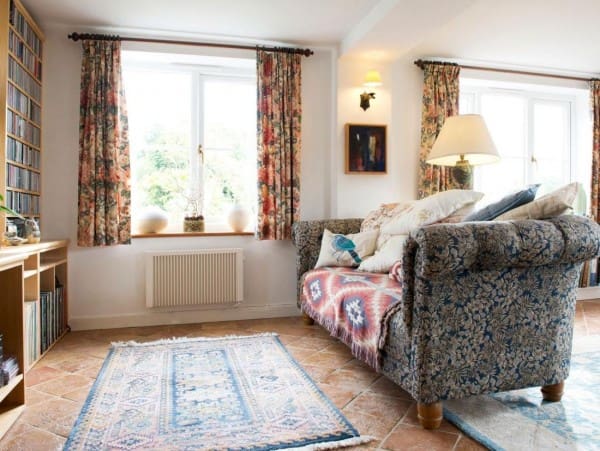When it comes to maintaining your home technology, there is one system that requires more care than any other – the radiator. Modern radiators offer a green technology that makes them one of the most advanced systems for use in any contemporary home. However, if left unchecked the full potential of this advanced technology will fail to be achieved. Here are several of the most vital things to remember for radiator maintenance.
The Benefits of Eco Radiators
Before you do anything, it’s necessary to be sure which style of radiator you want to include in your home. Traditional night storage heaters are a thing of the past now. We are no living in an era where those old energy guzzling machines are relevant to contemporary living. Modern eco-friendly radiators are an excellent alternative that are not only cheaper to buy, but guarantee a healthier performance that does not release trace amounts of carbon into the atmosphere like old storage heaters do.
A common misconception about green radiators is that they are expensive. This is untrue. They are actually among the most financially sound investments for a modern home, as they last for years and increase the value of a property thanks to the sought-after technology they utilise.
The installation process is also very straightforward and takes only a day or two to complete. Modern systems also offer trendy slimline designs with all the benefits of storage heaters, only without negative usage. These small, silent systems fit snugly into the décor of any modern home and come in a range of colours to complement their surroundings.
Bleeding your radiators
Okay, now that you’ve decided on your radiator, the question is how do you maintain it regularly? Bleeding a radiator is one of the most important maintenance tasks needed on a regular basis.
The process of bleeding is necessary to prevent air from getting trapped within the system which, if not cleared, will affect the performance of the system by stopping heat being released. Air enters our central heating systems whenever fresh water flows through the boiler and heating systems. This small amount of air is collected at the top of the radiator where warm water cannot gather to allow the necessary function of heating.
You will realise when your radiator needs to be bled as you’ll notice the radiator is not warm to the touch with areas of cold being prevalent throughout, especially near the top. In more extreme cases the radiator will not be warm at all. You should check your radiators at least once a week when they are turned on just to assess the temperature is sufficient. Too often a change is only noticed when the house begins to feel cold even though the heating is on.
Bleeding the system is an easy process. First turn the heating off so there’s no chance of burning your hands, then insert a bleeding key or similar tool into the valve on the top of the radiator and proceed to turn it anti-clockwise so that the air is gently released. You will hear it gradually dispersing.
Be sure to place a towel or cloth on the floor underneath the valve to catch the few drops water that will inevitably leak out. Once the air has escaped, quickly close the valve again to avoid large amounts of water pouring out. Finally turn your heating on to check that the system is now working efficiently.
Flushing your radiators
If you are still having problems with your radiator even after bleeding, there may be a need to flush through the system. This is a familiar issue with all electric Heaters that UK heating professionals are required to assist with. Flushing involves performing a complete clean of the radiator interior to remove any interior residue that has built up inside the system over time and is thus preventing the radiator from reaching its full capacity as a result.
Although this can be a costly endeavour, it is vital for making sure your system is operating as it should be. In some cases flushing can also determine whether the issue may require new heating systems to be installed; a case most likely to occur in older radiators.
In order to keep your radiators from needing to be flushed, it’s a good idea to use a cleaning system such as a popular magnetic filter like magnaclean.
Positioning radiators around your home
Radiators heat rooms via two forms of heating: radiation and convection. Radiation is the heat that comes off the radiator itself, and convection is when the radiator heats the air in the room surrounding it. In order to assist this heating it’s best to allow plenty of physical space in your room around the radiator. All furniture should be at least six inches away as it will absorb the heat if positioned too close, resulting in heat being prevented from reaching the rest of the home.
The most common place for British properties to situate a radiator is against an external wall under a window as they are usually the coldest area of a room and thus benefit from hat the most.
Do not keep curtains in a position so that they block the radiator’s heat release and cause it to connect with the exterior window and walls. If you are concerned about the effect that your curtains may have on blocking heat, using a reflective material such as Radflek on your radiator can significantly reduce this. To make sure your heat is further distributed evenly it is also useful to install a radiator fan.
Whether you plan to install new radiators or not, make sure you check the performance of your systems regularly.





Leave a Comment